
Passive House Detail Timber frame building, Passive house, Timber frame
6.1.20 Protection of the works during construction; 6.2 External timber framed walls. 6.2.1 Compliance. This chapter gives guidance on meeting the Technical Requirements for external walls of timber framed homes up to seven storeys high, substantially timber framed homes and timber wall panels.. 6.2.3 Design checking and certification; 6..

Timber cladding ideas and inspiration Design for Me
The main functions of cladding on a timber frame building are to provide weather resistance and create the external appearance required by the client. For all cladding types, but especially where the cladding is self-supporting, allow for differential movement between the cladding and the timber frame. National building regulations prescribe.

FidArch New Wall Details for timber frame construction
The timber cladding is also susceptible to water damage from splash zones - ie at the base of the building, so the cladding must be lifted by a minimum of 200 to 250mm. Battens are usually placed at 600mm centres, and sized no less than 38x38mm. For diagonal boards the battens are brought a little closer at 400mm centres.
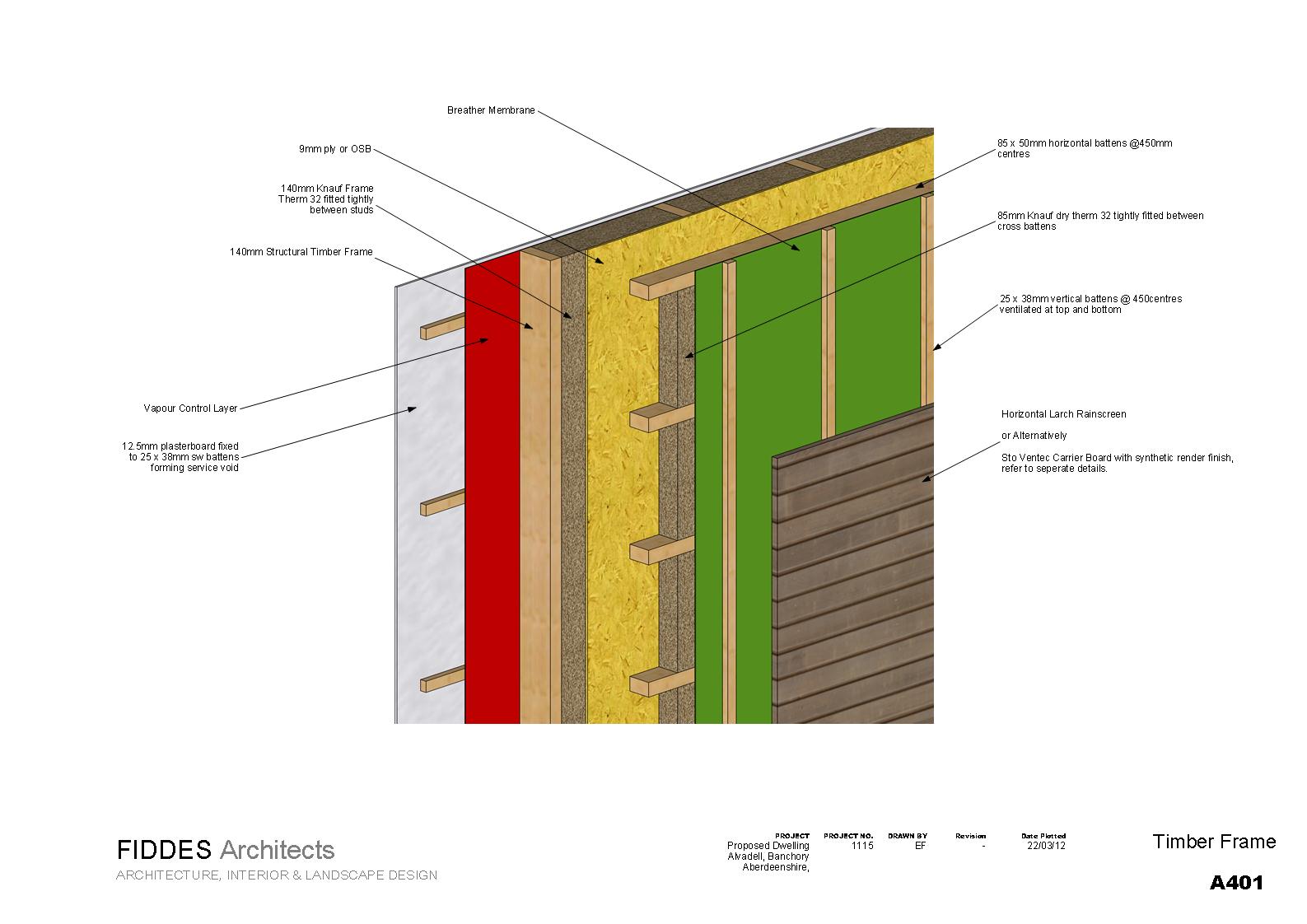
timber frame wall construction details timber frame home cost comparison Crpodt
With timber framing, heavy, large timbers frame the structure instead of more slender dimensional lumber (for example, 2 x 6's.). One of the most distinctive characteristics of a timber frame is the unique joinery that holds the timbers together. The ends of timbers are carved out so that they fit together like pieces of a puzzle.

Timber Frame Panel U Value 0.2 Vision Development Timber frame house, Timber frame
Emma Walshaw is the founder of First In Architecture and The Detail Library, and has written a number of books aiming to facilitate a better understanding of construction and detailing.Contributions by Aida Rodriguez-Vega, architect and researcher at the Detail Library. Timber cladding has historically been chosen for buildings due to its aesthetic qualities, natural durability, flexibility.
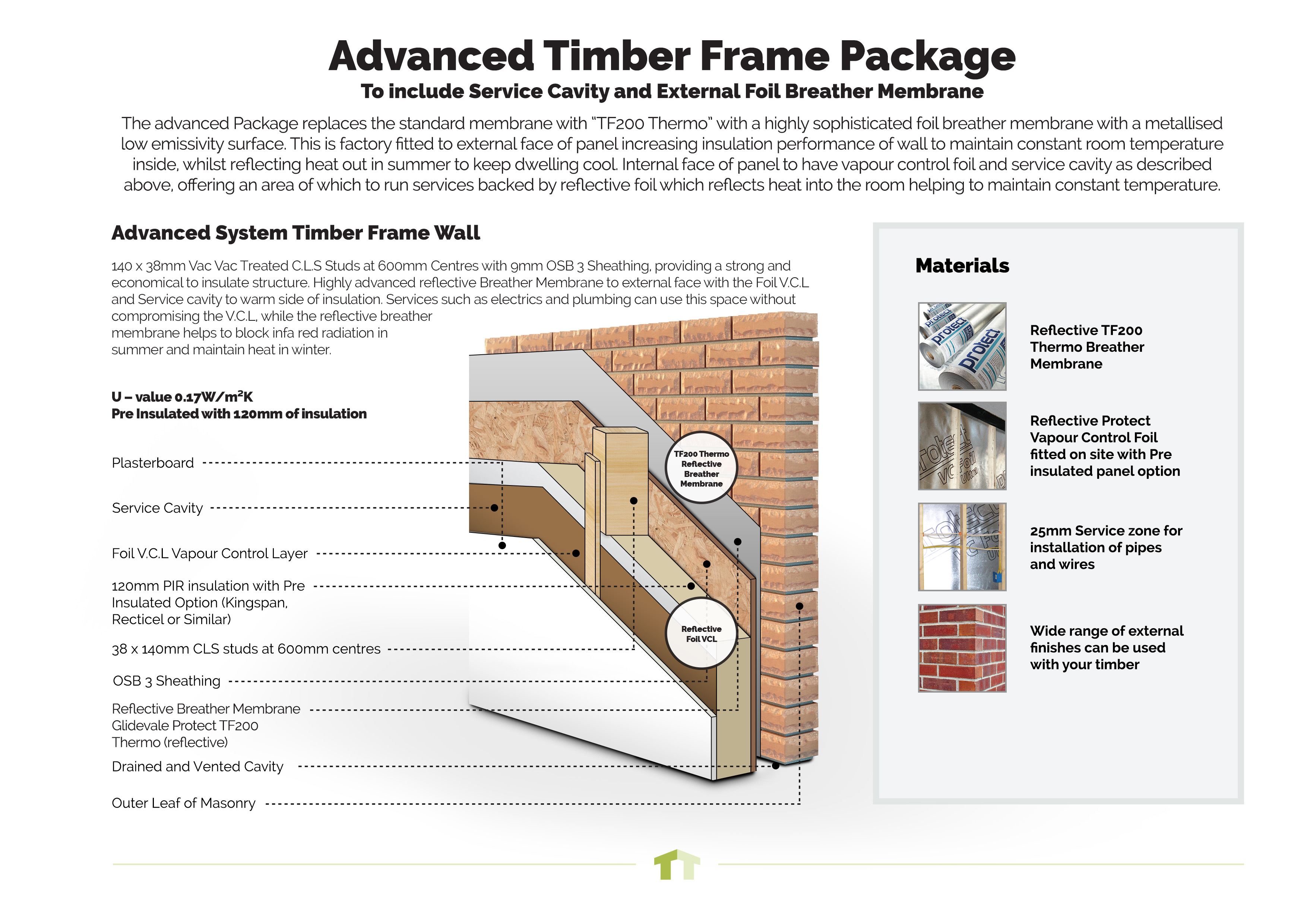
Walls & Specification Turner Timber Timber Frame Experts
For those designing and building with timber, the Timber Frame Construction (5 th edition) is the go-to publication to reference. Information on various types of cladding can be found in the book's cladding chapter, with details on how to close external wall cavities at required locations, while still providing the necessary drainage and.
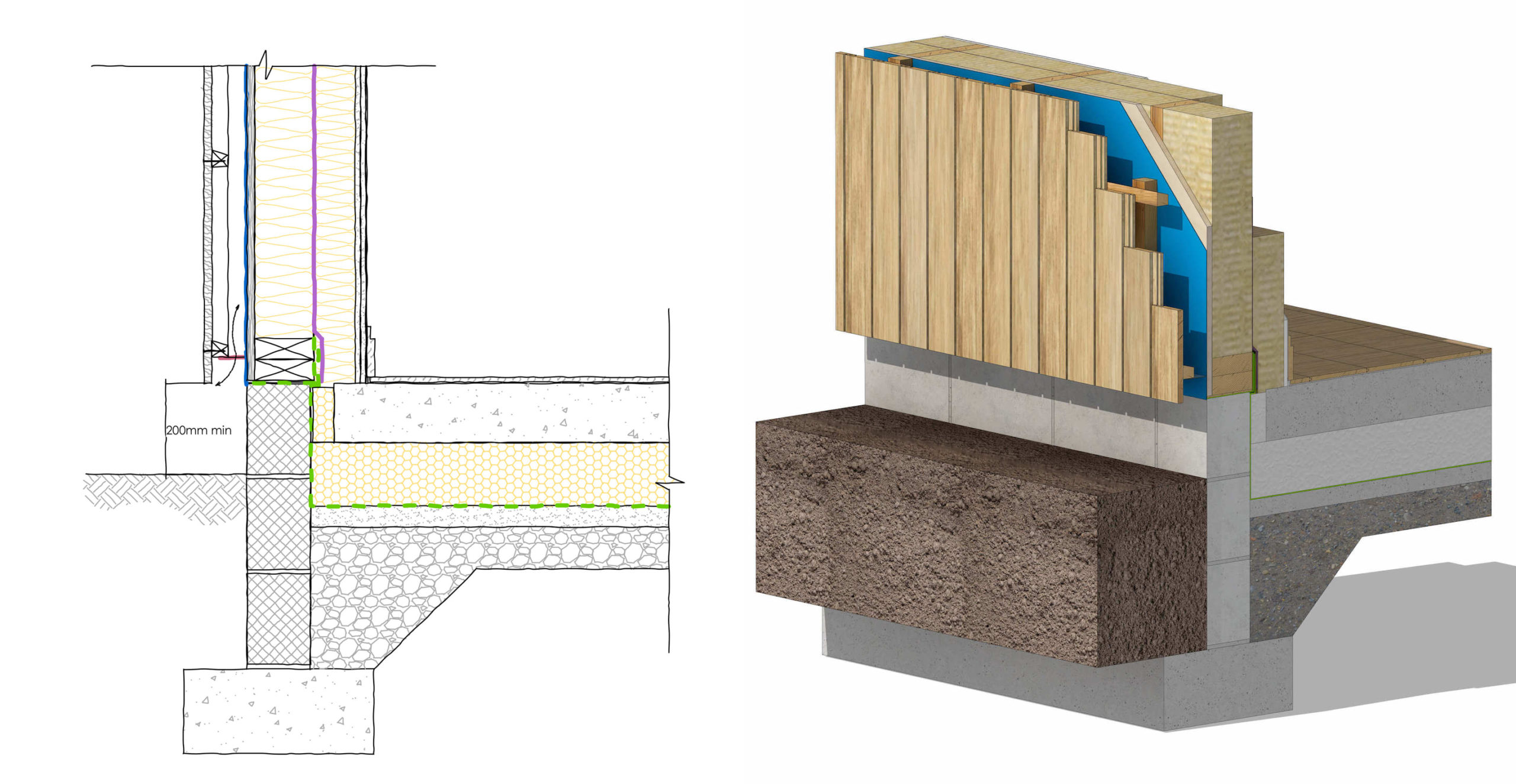
Technical Details How to Transition From Rainscreen Cladding to Brick
The current default of 10 air changes per hour/m² of external wall area at 50 pascals pressure difference can easily be achieved with timber frame construction. Indeed, the Canadian R2000 timber frame house system prides itself on achieving just 1.5 air changes per hour.

Technical Details Book of Details Chapter 3 Construction details architecture, Timber
WIS 0-3: Introduction to timber frame construction. boundary. Brick or blockwork clad timber frame walls provide similar sound insulation from external noise as masonry cavity walls, but the level of sound insulation will ultimately depend on the acoustic resistance of any openings in the wall. TRADA's External timber cladding [32] offers.
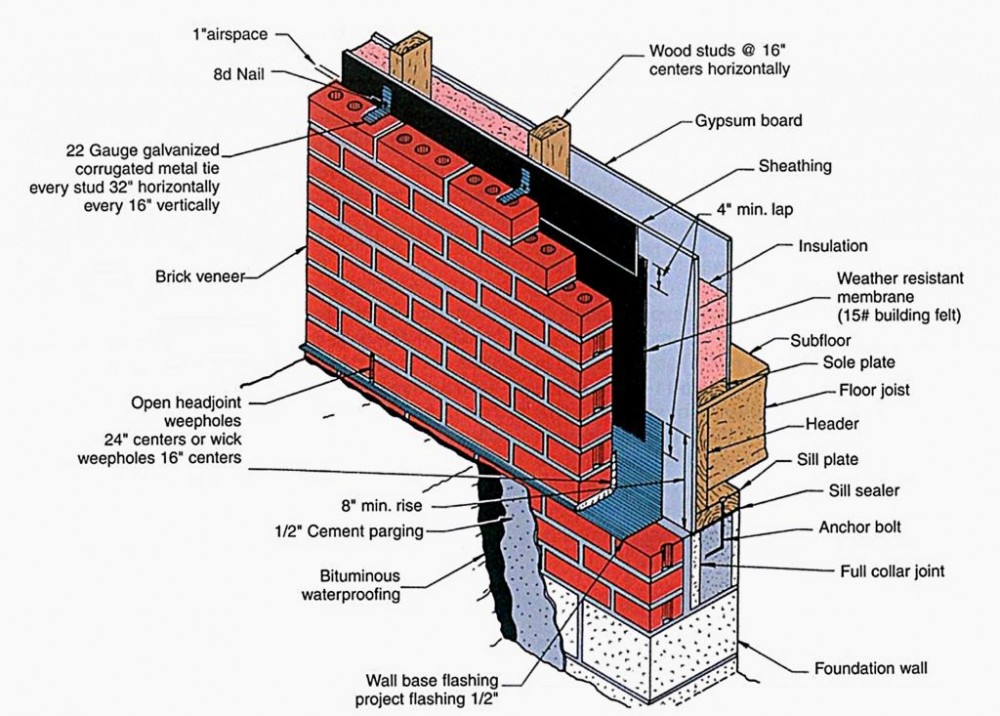
Brick Cladding Helping keep moisture out Construction Specifier
Timber frame construction has gained significant popularity due to its sustainability, efficiency, and cost-effectiveness. When it comes to building external walls using timber framing, there are several essential considerations and steps to ensure durability, safety, and energy efficiency. This guide provides an overview of timber frame.

Technical Details How to Transition From Rainscreen Cladding to Brick
Interior timber cladding is a great way to change a space with a fairly simple installation. Timber paneling is easy to install and to retrofit. It's highly adaptable and can be painted, stained, or left in its natural state and is a fantastic way to cover uneven surfaces. It can be used as a feature wall, a ceiling cover, or for a whole room.

3 Timber BattenonCladding Fixing Methods (Görüntüler ile) Ahşap tavan, Tavan
According to Kingspan Timber Solutions, to get to a U-value of 0.17 W/m2K (a fairly typical level to aim at on a self build project), you'd need a wall profile of 435mm with standard masonry. Located on the North Wales coast, this timber frame by Scandia-Hus features Marley Eternit's Cedral Click fibre-cement cladding - a low-maintenance.
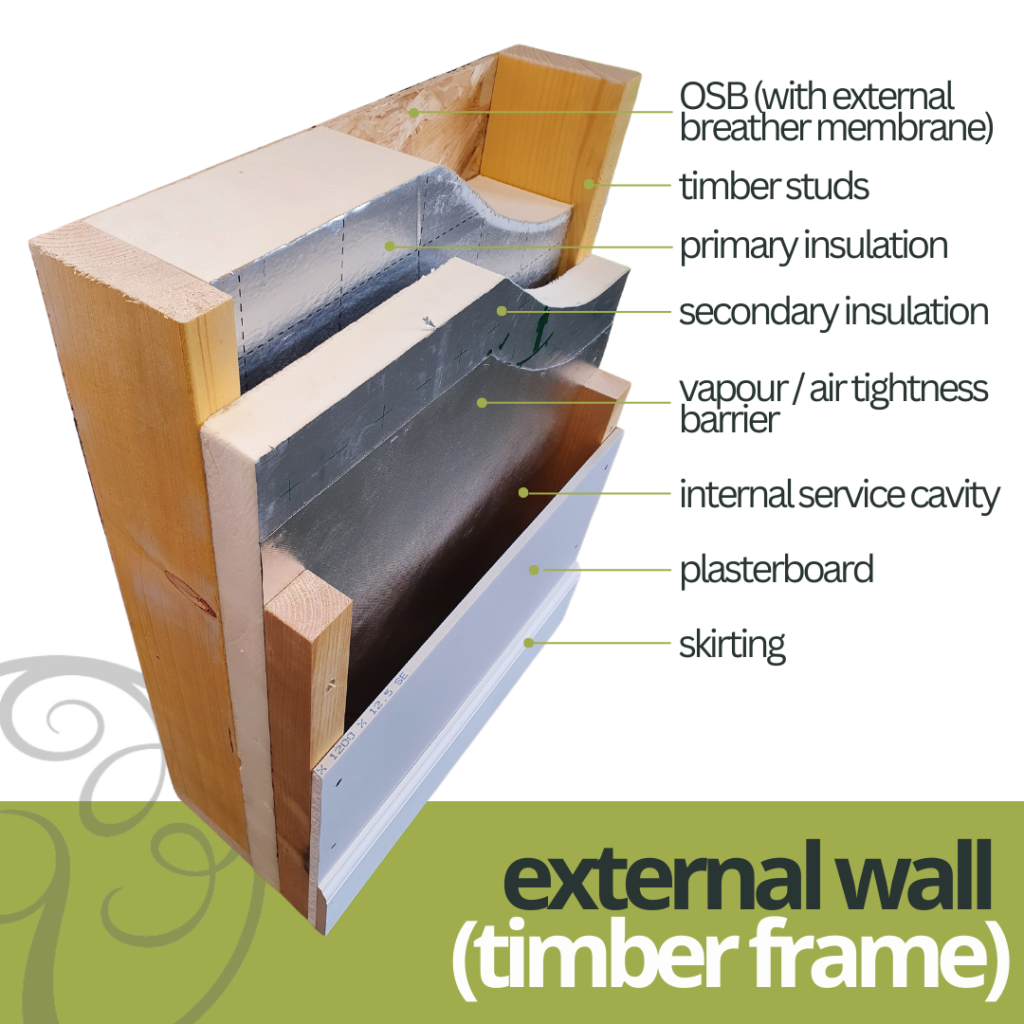
External Wall Build Ups Explained Fleming Homes
Target Timber's timber frame systems comprise closed panel systems walls that, including outer brickwork, offer U-values down to 0.17 - among the lowest on the market. The insulated closed panels are designed to suit the type of cladding that you choose so that these optimum U-values can still be achieved.

Best Foundation For Timber Frame House
If you're wanting to update the layout of your home, like turning a large room into two smaller rooms, or creating a partition in an open-plan area, then bui.

Oak Cabin Design and Timber Frame Building Experts Timber cladding, Timber frame building
Timber frame buildings include the walls, floors and roofs, which are designed as one coherent engineered structure. Timber frame incorporates a number of different elements as part of its overall wall system. External cladding and cavity (brick, render, composite or timber boarding etc) to provide weather resistance.
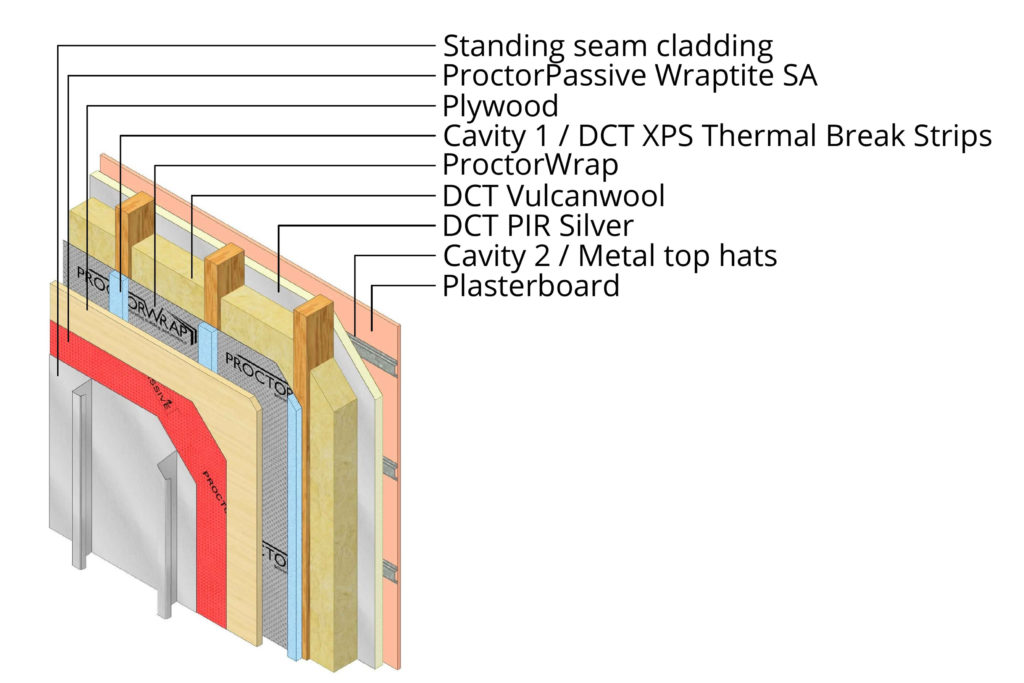
DCTW143 STANDING SEAM METAL CLAD INTERNALLY INSULATED TIMBER FRAME WALL (PIR) Dctech
To protect the insulation and the structure of the timber frame construction, installation of a vapour-open membrane is recommended. Tyvek® protects the fabric of the building from rainwater penetration during construction before external claddings are completed. It also helps to air-seal the wall, and reduce heat loss.

Pin by Şükrannur İşmen on CLT Timber architecture, Timber structure, Architecture
Conventional framing mimics the system used in standard construction (the way that most of the homes in the United States are built) and consists of 2-by-4-inch and 2-by-6-inch pieces of lumber for the wall framing and 2-by-8-inch, 2-by-10-inch, 2-by-12-inch or premade roof trusses to create the roof. This all gets sheathed in a plywood or OSB.
- Catwalk Oatmeal And Honey Shampoo
- How Long To Cook Pork Loin Steaks In Oven Uk
- Create Your Own Teddy Bear
- Oakley Sunglasses Flak 2 0 Xl
- Nike Phenom Reflective Pants Black
- Kaabo Wolf Warrior 11 Pro
- Donegal Tweed Three Piece Suit
- Ben And Holly Party Supplies
- Antique Gold Paint For Wood
- Let It Sloe Marks And Spencer